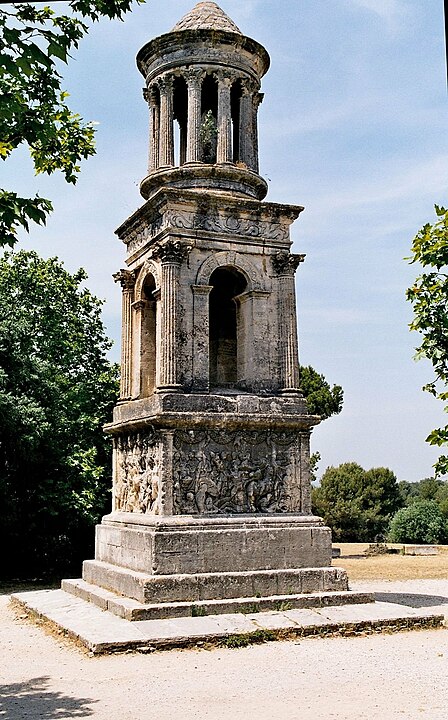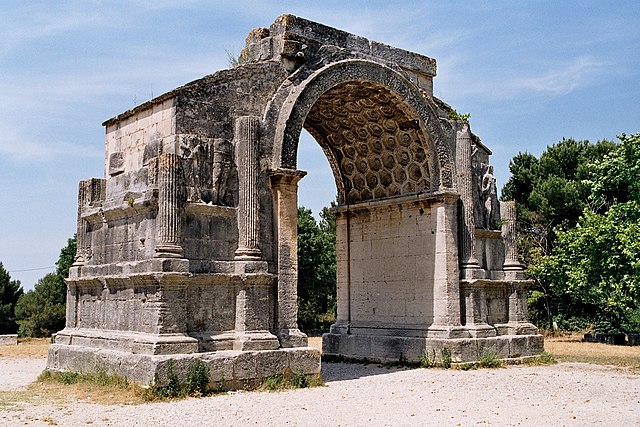Nostradamus
montgolfier brothers
Quatrain 5/57
Istra du Mont Gaulsier & Aventine,
Qui par le trou advertira l’Armée,
Entre deux Rocs sera prins le butin,
De Sext. Mansol faillir la renommée.
One shall go out of Mountain Gaulsier and Aventine,
Who through a hole shall give notice to the Army,
Between two Rocks the booty shall be taken,
Of Sext. Mansol shall loose his renown.
Some commentators translate Mont Gaulsier as Montgolfier. This is incorrect as Gaulsier is actually a fusion of Gaul the ancient name for France and Mount Gaussier, a mountain located just south of Saint-Rémy-de-Provence, the birthplace of Nostradamus.
The ruins of Glanum, a once a thriving Roman city, are located about one kilometre south of Saint-Rémy-de-Provence.The romanization of Provence began with Julius Caesar in 49 BC, and in 27 BC, the Emperor Augustus created the Roman province of Gallia Narbonensis, and residents of Glanum were given the civil and political status of citizens of Rome. Undoubtedly the status of Glanum was the reason Nostradamus likened Mount Gaussier to the Aventine Hill in Rome.
The ruins contain two artefacts of cultural significance, a triumphal arch and a mausoleum. The triumphal arch, built between 20 and 10 BC, was the first of its kind to be built in Gaul, while the mausoleum is one of the best preserved mausoleums of the Roman era.
The mausoleum was constructed outside the city on the Via Domitia between 40 and 20 BC. The inscription says that the tomb was erected by Sextus, Lucius and Marcus Julius, the sons of Gaius, and was dedicated to their forebears; hence its alternative name, the Cenotaph of the Julii.
On a hill south of Mount Gaussier is the famous Rocher des Deux Trous (Rock with Two Holes). In this quatrain, Nostradamus suggests an army scout moves off Mount Gaussier to signal the army through one of the holes in the Rocher Deux Trous.
If this engagement is a continuation of Quatrain 1/28, then the army consists of soldiers from Libya and Iran and their looted quarry are refugees fleeing the fighting around Marseille. If this assumption is correct, then the skirmish occurs towards the end of the second year of WWIII.
The final line of the Quatrain says the mausoleum is damaged or destroyed.


Cenotaph of the Julli
Glanum Triumphal Arch
Talk to us
Have any questions or suggestions? We are interested in your opinions and look forward to hearing from you.
